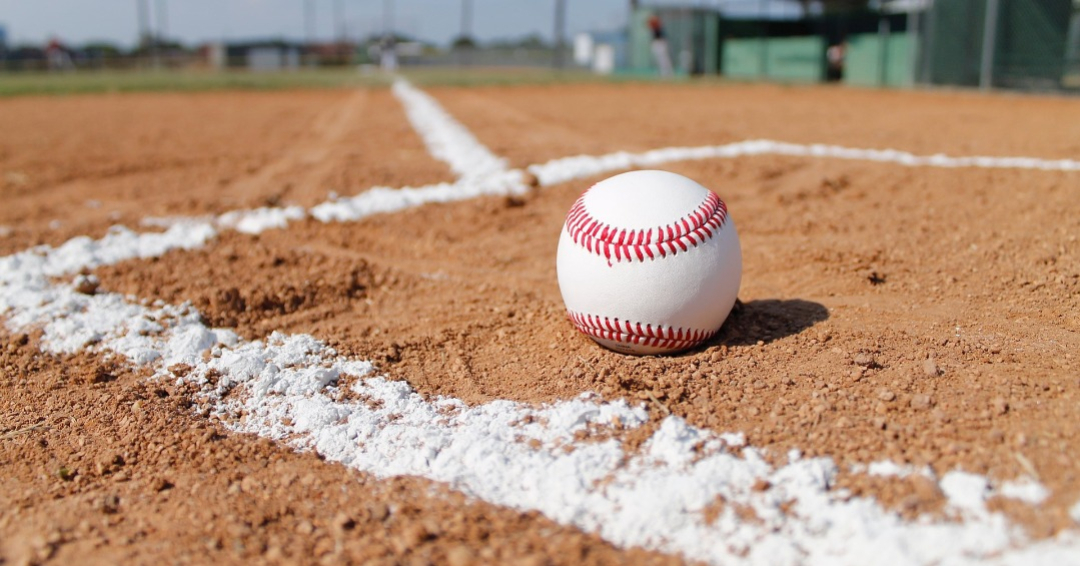Climate change can impact baseball as warmer air is less dense and offers less resistance to a batted ball, leading to an increase in the number of home runs hit. A recent study has shown that around 0.8% of the home runs hit in Major League Baseball (MLB) since 2010 can be attributed to the effects of global warming, which has made the ball travel further than it would have otherwise. However, the impact of climate change on home runs can be considered an interesting academic result rather than a major concern for Major League Baseball (MLB). The study on the impact of climate change on home runs in baseball highlights how widespread the effects of climate change can be, even on seemingly unrelated aspects of our lives.
The study on the impact of climate change on home runs in baseball analyzed game-day temperatures and home runs in 100,000 MLB games between 1962 and 2019, played at different elevations across the United States. The researchers found that a 1°C increase in game-day air temperature led to an average increase of nearly 2% in the number of home runs per game. The study estimates that each additional degree of global warming will result in about 95 more home runs per season, with over 500 home runs hit since 2010 attributed to human-caused climate change.
However, according to the findings of a committee appointed by MLB officials in 2018,the increase in home runs in baseball is primarily due to factors unrelated to climate change. The committee attributed the spiking home run rates to batters trying to hit the ball harder and higher, as well as small variations in the ball's stitching.
While the impact of climate change on baseball is currently small, it is detectable and likely to increase with further warming. The authors suggest that MLB may need to consider scheduling more night games or playing in covered stadiums to mitigate the effects of climate change, especially if warming continues unchecked.
Source: www.science.org

